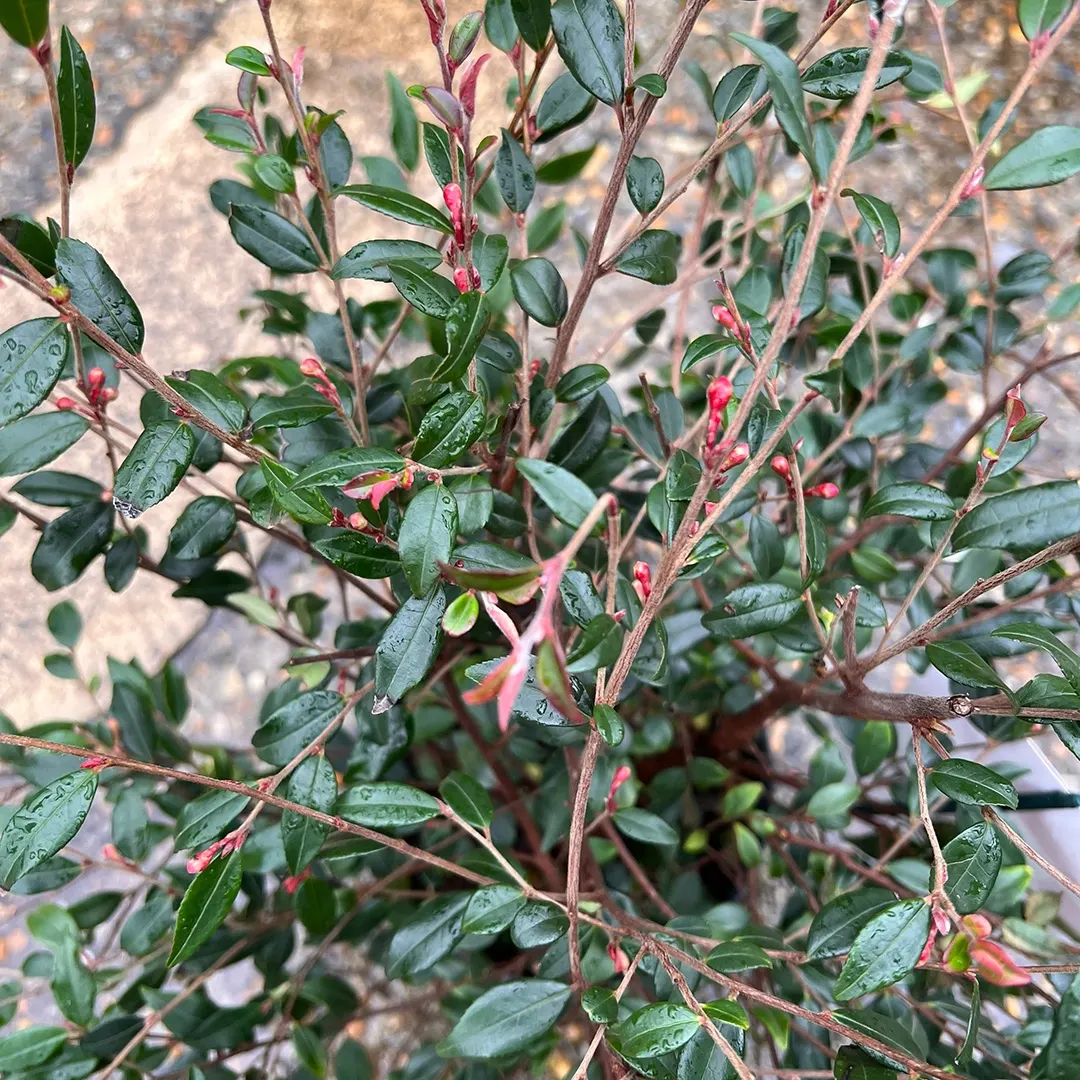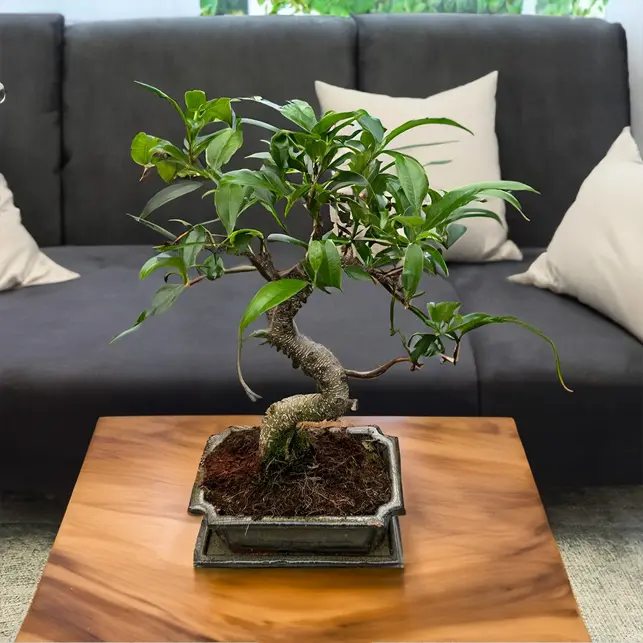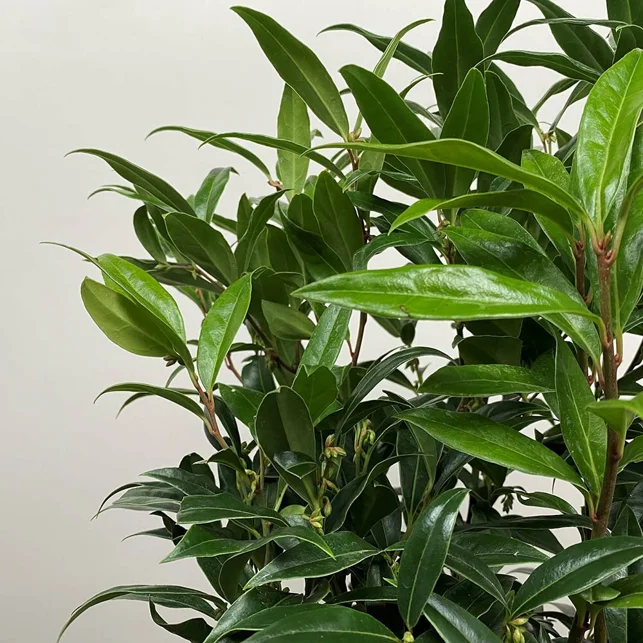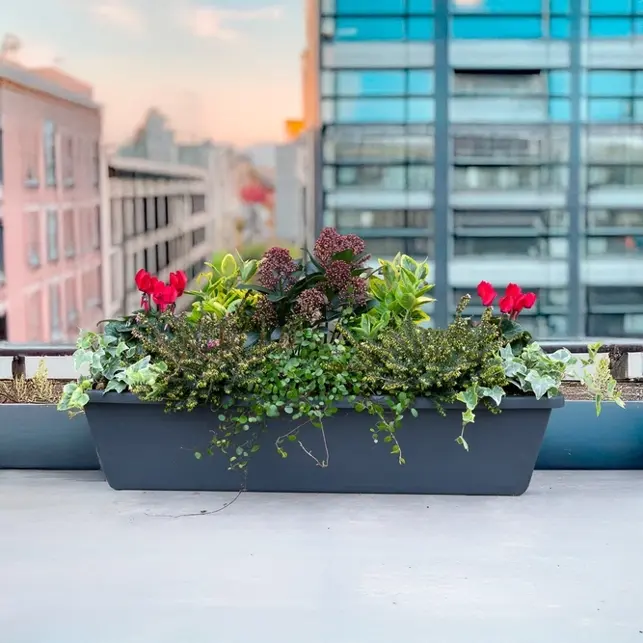Autumn offers a unique window for gardeners: warm soil means strong root growth, and cooling weather sets plants up for spring success. Autumn's mild and wet conditions make it the perfect time to plant for healthy root development and prepare your garden for winter and next year’s plants.
In London and areas like Hampstead, Highgate, Camden, Muswell Hill, Finchley, and Belsize Park, autumn is ideal for gardeners because soil warmth, increased rainfall, and fewer pests all combine to make planting and propagation more effective. This season supports optimal planting, producing resilient plants that thrive into spring.
Boma’s Essential Autumn Gardening Tips & Preparations
As autumn approaches, gardeners prepare the garden with decisive steps. The first step is to clear old plant material, apply a thick layer of well-rotted compost, and mulch borders to protect roots from winter cold. Gardeners should focus on soil conditioning and practical tasks for lasting benefits:
- Clean up borders and beds to remove spent summer crops
- Compost fallen leaves for rich leaf mould
- Apply mulch to retain moisture and insulate roots
- Prune back herbaceous perennials
- Lightly tidy shrubs in autumn; prune spring-flowering species after bloom.
- Check irrigation systems and adjust for any water restrictions
To protect delicate plants from autumn frosts in London, use fleece, move pots to sheltered spaces, and cover roots with mulch. When tidying, leave a few hollow perennial “sun-facting, dry stems standing to provide homes for overwintering insects and spiders. Composting strategy is crucial: instead of adding large amounts of raked leaves to the compost heap, create leaf mould by piling or bagging them. Though it can take up to two years, the result is a top-quality soil feed.
If your garden lacks autumn colour, plant some now. Dahlias, (with their tender tubers), continue until first frost; sedums, asters (with daisy-like flowers), penstemons, Caryopteris (Bluebeard), and Ceratostigma willmottianum (Chinese plumbago) all flower in autumn and attract bees and wildlife. Plant spring bulbs such as daffodils, crocuses, and irises in autumn, but wait until November for tulips to reduce risk of viruses.
Autumn is the best time to lift, divide, and replant overgrown perennials such as hostas, daylilies, and hardy geraniums. Replant divided clumps and water them in. Mulching is essential: spread a thick (5cm/2in) layer of organic matter—if mulch is limited, prioritise depth in smaller areas. Many tender plants will benefit from extra protection as temperatures dip, so be sure to move pots to sheltered spots or use fleece to shield delicate specimens.
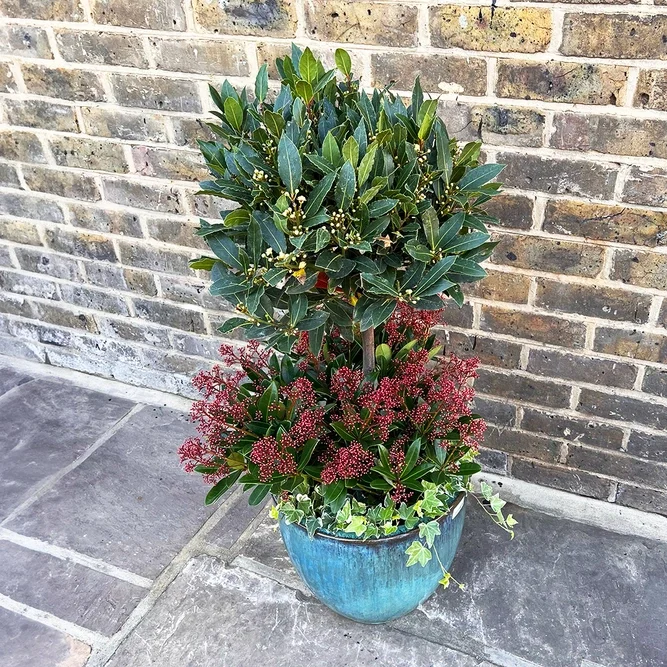
Aqua Glazed Terracotta Planter, Lollipop Bay Tree, Flowering Skimmia & Hedera
North London Autumn Gardening Challenges & Top Tips
In North London’s gardens—whether compact terraces in Camden and Belsize Park, leafy retreats in Highgate and Hampstead, or family-sized plots in Muswell Hill and Finchley—autumn preparations must be tailored to both space and soil challenges. London clay dominates the ground here, meaning extra care is needed in wet spells to avoid waterlogging, but with mulch and composting, it can be transformed into fertile, workable soil that supports vibrant planting schemes.
For gardeners in smaller spaces, like balcony plots in St John’s Wood or central London courtyards, smart use of containers, vertical planting, and layered bulbs ensures both year-round impact and efficient use of space. Watering, too, must adapt—compact patios need lightweight, adjustable irrigation systems, while sprawling Hampstead gardens may benefit from larger automated setups.
With unpredictable North London weather—scorching late-summer days offset by sudden downpours—autumn is the right season to audit irrigation and adapt it for efficiency and conservation, especially with water restrictions becoming more frequent across the capital.
Best Plants For Autumn Colour & Impact
Autumn features seasonal plant choices that provide maximum colour and interest in London gardens. For impact right through the colder months, Boma recommends the following plants, all available in current stock:
| Plant | Appeal | Suitable For | Seasonal Availability |
| Autumn/Winter Flowering Bedding Plants | Colour, longevity | Containers, beds | Sept-Oct: Aster, Chrysanthemum; Oct-Nov: Cyclamen, Pansy, Viola |
| Container & Bare-root Roses (David Austen) | Iconic, flowering through autumn | Pots, beds | Sept-Nov: David Austen Roses |
| Flowering Cherries, Maples, Specimen Trees (Bay, Olive) | Dramatic foliage | Patios, containers | October-November |
| Mustard Greens, Lettuce & Autumn Crops | Edible, fast growing | Edible beds, borders | September |
| Green Manures | Soil improvement | Beds, borders | September-October |
| Garlic, Onions, Broad Beans | Edible, overwintering | Veg beds, containers | October-November |
| Hellebores, Bergenia, Camellia, Skimmia (Winter Plants) | Evergreen, winter colour | Partially shaded spot, containers | November onwards |
| Heathers, Ornamental Cabbage/Kale | Texture, autumn foliage | Pots, beds |
November |
Which Flowering Perennials Thrive in Autumn?
Several perennials thrive in autumn, providing ongoing interest and supporting urban biodiversity. Cut back herbaceous perennials as they die back—remove faded flower stems and foliage to just above any new growth. Leave a few hollow stems standing to shelter overwintering insects. Lift and divide clumps of hostas, daylilies, and hardy geraniums; use two forks or a sharp spade. Replant and water divided clumps. Autumn is also the best time for robust mulching: apply a 5cm layer of well-rotted manure or garden compost to borders and let earthworms improve the soil.
Autumn Gardening Troubleshooting Tips
| Issue | Common Cause or Symptom | Solution / Fix |
| Unpredictable Weather | Sudden shifts (rain, wind, frost) | Use cloches/fleece for sensitive plants, choose resilient varieties, and water early in the day to reduce fungal risk. Rotate portable planters to the best locations. |
| London Clay | Waterlogged beds or hard soil, poor root establishment | Build raised beds, add grit/mulch to improve drainage, avoid compacting soil, and select clay-tolerant plants. |
| Yellowing Leaves | Overwatering, poor drainage | Reduce watering, check drainage holes in containers, lift plants in soggy soils to air out roots. |
| Mildew on Perennials | Humid, damp leaves, poor air circulation | Space plants further apart, prune for airflow, water early/off leaf, remove infected foliage promptly. |
| Rodent Activity | Chewed bulbs, tunnels, compost disturbance | Use secure closed compost bins, pick up fallen fruit, mulch after thorough clean up, and encourage natural predators. |
| Slow Bulb Growth | Weak emerging shoots, no spring colour | Plant only firm, healthy bulbs, provide free-draining soil, avoid dense clay, ensure bulbs are planted at correct depth and time. |
| Little Garden Space/Direct Light | Small gardens, shaded balconies, poor sun exposure or no sunny spot | Use vertical planting, window boxes, hanging gardens, shade-loving perennials and compact grasses. Opt for reflective light positions for planters. |
Autumn Planting Layouts: Beds, Borders & Containers For Compact & Urban Spaces
City gardeners in North London adapt planting layouts for optimal seasonal performance due to restricted space and unpredictable weather. Common challenges include limited ground, waterlogging risk, and need for flexible layouts, but many gardeners in the city can achieve vibrant colour displays by choosing compact shrubs, drought-tolerant species, and ornamental grasses, and also by adapting planting styles specifically for balconies, courtyards, patios, and roof terraces.
Boma recommends creative gardening solutions for urban settings, with curated planting schemes that combine perennials, shrubs, grasses, and evergreens across Hampstead, Highgate, Camden, Muswell Hill, Finchley, St John’s Wood, and Central London.
To design a colourful autumn border, select harmonious combinations that balance height, texture, and colour. Shift planting style in autumn by integrating plants that offer both late-season flowers and structural evergreen shrubs and foliage.
Top planting layouts for urban autumn gardening could include:
- Bale gardening for balconies—build nutrient-rich planting areas with compact footprint
- Pots and planters for patios and roof terraces, selecting images from Boma’s second product slide to show plants in context
- Smart irrigation systems designed for London’s variable climate and clay-heavy soil
City gardeners can achieve vibrant displays by choosing compact shrubs, drought-tolerant species, and ornamental grasses. Adapt planting styles for balconies, courtyards, patios, and roof terraces, using bold colour and texture for lasting impact.
Boma’s Expert Planting Services & Autumn Inspiration
Boma provides expert advice, planting services and beautiful displays, inspiring London gardeners with practical ideas for beds, borders, and planters.
Our garden centre is a destination offering tailored consultations, plant combination planning, and planting designs that reflect the needs of Hampstead, Highgate, Finchley, Camden, and Belsize Park residents. Boma’s horticultural expertise and stunning combinations transform gardens of every size and challenge.
Autumn Gardening FAQs
When is the best time to plant in autumn?
Early autumn is optimal, while soil is still warm and roots can establish before winter sets in.
How can plants be protected against autumn frost and cold?
Use mulch, horticultural fleece, and move pots to sheltered areas for best protection.
Which bulbs should be planted in autumn for spring colour?
Plant daffodils, crocus, and iris reticulata in early autumn, but wait until November for tulips to reduce virus risk.
What’s the best mulch to use in autumn?
Use well-rotted compost or manure on beds and borders, aiming for a 5cm layer.
How should perennials be divided and re-planted in autumn?
Lift, divide with forks or a sharp spade, then water in well and mulch after replanting.
Is composting autumn leaves recommended?
Create dedicated piles or use bags for leaf mould; avoid mixing raked leaves with standard compost to optimize soil improvement.




